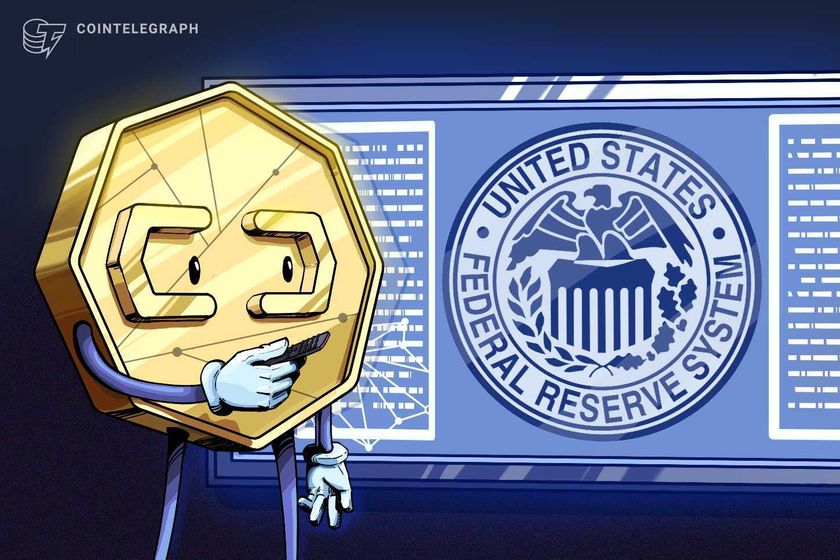NVIDIA (NVDA) Stock: Gains 4.98% After Unveiling NVQLink Quantum Supercomputing Platform
TLDR
- NVIDIA unveils NVQLink to fuse quantum and GPU computing power.
- New NVQLink interconnect accelerates hybrid quantum supercomputing.
- National labs back NVIDIA’s NVQLink for advanced quantum research.
- NVQLink links GPUs with 17 QPU builders to streamline quantum control.
- NVIDIA pushes quantum-GPU synergy to redefine high-performance computing.
NVIDIA Corporation (NVDA) shares surged 4.98% to close at $201.03 after launching NVQLink, a new open quantum computing platform.
NVIDIA Corporation, NVDA
The announcement drew attention across the high-performance computing sector due to its potential to unify classical and quantum systems. With this release, NVIDIA positioned itself at the forefront of hybrid quantum-GPU computing innovation.
NVIDIA Launches NVQLink to Enable Hybrid Quantum Supercomputing
NVIDIA introduced NVQLink, a high-speed interconnect system designed to integrate quantum processors with traditional GPU supercomputers. This platform enables real-time control, calibration, and quantum error correction, ensuring reliable quantum processing. It also addresses latency and bandwidth challenges that limit the scalability of quantum hardware.
The company confirmed NVQLink enables seamless connections across 17 QPU builders and five controller system providers, offering broad industry coverage. It simplifies integration between GPU-based systems and diverse quantum architectures from partners including Atom Computing, Quantinuum, and Rigetti. Developers can now create hybrid applications using NVIDIA’s CUDA-Q platform, which supports collaboration between CPU, GPU, and QPU.
With NVQLink, researchers can optimize workloads and run complex quantum simulations faster and more efficiently. This approach reduces the bottlenecks common in quantum-classical interfaces while maintaining synchronization for critical computations. The goal is to make quantum supercomputing practical across industry and research environments.
National Laboratories Support NVQLink Development for Quantum Advancements
NVIDIA collaborated with leading U.S. national laboratories, including Brookhaven, Los Alamos, and Oak Ridge, to guide the development of NVQLink. These institutions contributed feedback on performance demands and real-world integration challenges facing quantum-classical systems. The partnership ensured NVQLink would meet high-performance computing standards for national research.
The Department of Energy plans to apply NVQLink across multiple initiatives to enhance scientific discovery and innovation. This collaboration strengthens the U.S. commitment to building a robust quantum infrastructure with industry participation. The agency emphasized that such efforts are key to solving large-scale computational problems in physics, chemistry, and material science.
These labs will use NVQLink in upcoming projects that require tight coupling between AI supercomputers and quantum processors. The technology aims to improve the accuracy and speed of simulations involving qubit operations. National labs also anticipate using it to expand the range of quantum research applications.
Broader Ecosystem Aligns to Accelerate Quantum Integration
NVQLink attracted support from companies building quantum control systems, including Qblox, Keysight Technologies, and Zurich Instruments. Their hardware now connects directly to GPU systems using this unified interconnect. This creates a single environment for testing, controlling, and calibrating quantum components at scale.
The platform supports both superconducting and neutral-atom-based QPUs, demonstrating flexibility across various hardware architectures. This helps standardize how control systems manage qubits regardless of the underlying technology. It opens the path for universal hybrid quantum computing models that run reliably on diverse setups.
By linking AI and quantum computing in a unified system, NVIDIA removes key barriers to the practical adoption of quantum computing. NVQLink provides a foundation for long-term development, allowing researchers and engineers to accelerate experiments. As demand grows for faster solutions to complex problems, this platform addresses one of the field’s most critical needs.
The post NVIDIA (NVDA) Stock: Gains 4.98% After Unveiling NVQLink Quantum Supercomputing Platform appeared first on CoinCentral.
You May Also Like

Federal Reserve expected to slash rates today, here's how it may impact crypto
Market participants are eagerly anticipating at least a 25 basis point (BPS) interest rate cut from the Federal Reserve on Wednesday. The Federal Reserve, the central bank of the United States, is expected to begin slashing interest rates on Wednesday, with analysts expecting a 25 basis point (BPS) cut and a boost to risk asset prices in the long term.Crypto prices are strongly correlated with liquidity cycles, Coin Bureau founder and market analyst Nic Puckrin said. However, while lower interest rates tend to raise asset prices long-term, Puckrin warned of a short-term price correction. “The main risk is that the move is already priced in, Puckrin said, adding, “hope is high and there’s a big chance of a ‘sell the news’ pullback. When that happens, speculative corners, memecoins in particular, are most vulnerable.”Read more

Shiba Inu’s (SHIB) Price Prediction for 2025 Points to 4x Growth, But Mutuum Finance (MUTM) Looks Set for 50x Returns
